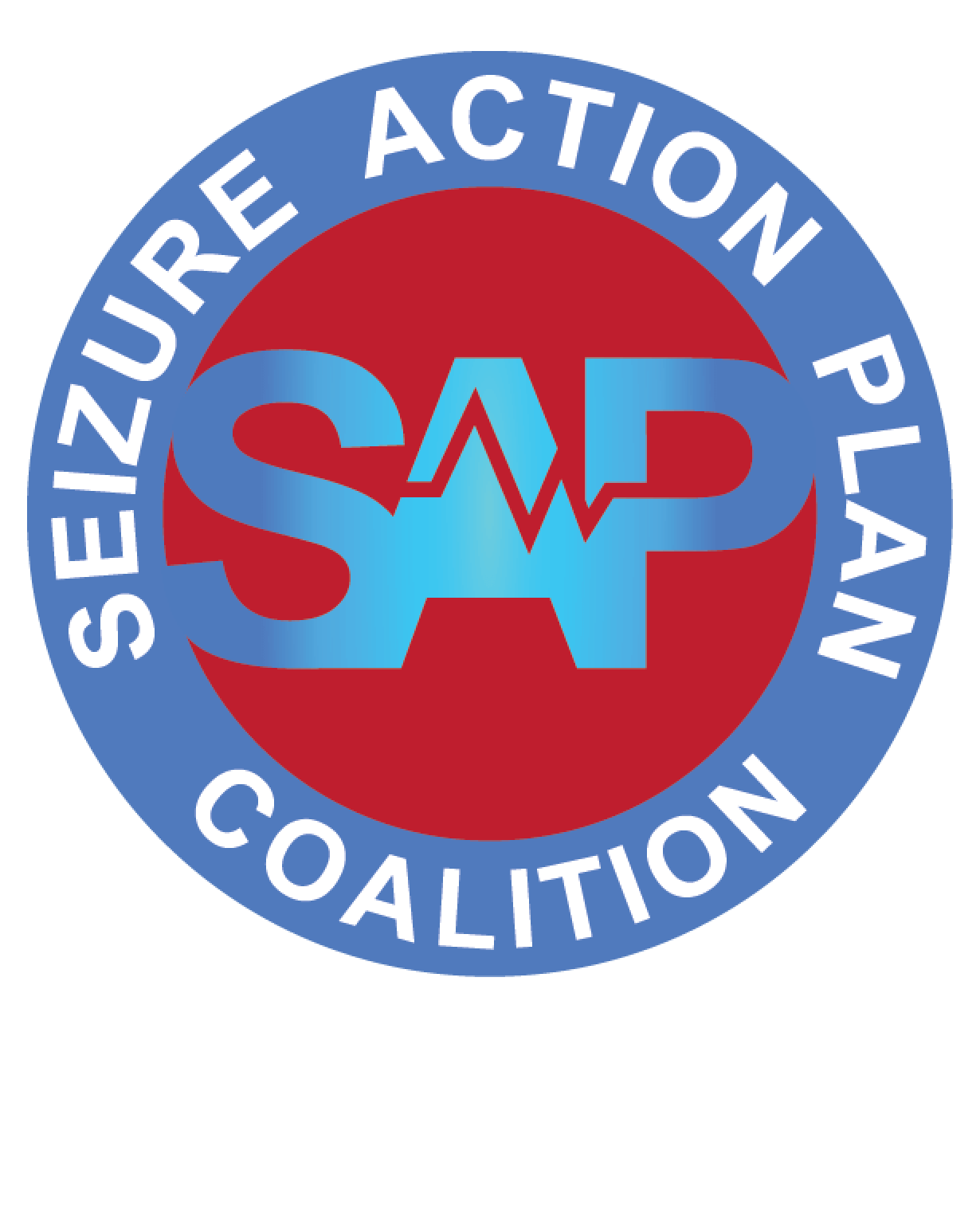Update your seizure action plan (SAP), including your seizure emergency plan, and discuss with your doctor.
A seizure is a medical emergency. A Seizure Action Plan (SAP) contains tailored guidelines on how to respond during a seizure, based on the patient’s medical history. It includes health and medical information specific to the patient and helps others recognize seizures and the appropriate steps to take to keep him or her safe from injury or damage caused by prolonged seizures.
If you have previously developed a SAP with your child’s neurologist, we encourage you to update it whenever a medication change has been made, or at least once annually. Going back to school is a good reminder to review and update your SAP. If your child does not yet have a SAP, you can find several examples to discuss with your neurologist on our website.
Approximately 30% of patients diagnosed with epilepsy have refractory or treatment-resistant epilepsy which means available medications and devices are unable to bring the seizures under control. Many patients with refractory epilepsy may experience prolonged seizures (status epilepticus) and/or seizure clusters, which may need to be stopped with emergency intervention. In addition to a SAP, we encourage a Seizure Emergency Plan (SEP) for these patients.
A SEP is a tool that may prepare caregivers for what to do if a seizure emergency occurs or is likely to occur. The SEP should be discussed and agreed upon with a neurologist who understand your child and their seizure emergencies. Once completed by your neurologist, this form can be handed to emergency personnel to get the facts to them in writing to guide their medical intervention.




